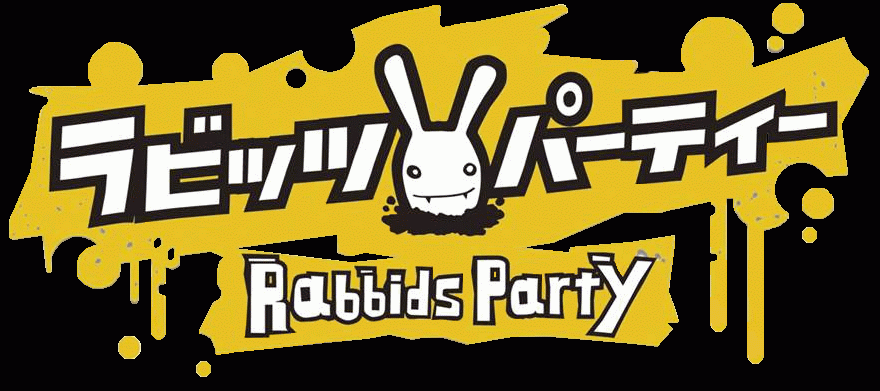
The ones in Polokus' world are said to have been the result of his negative thoughts and nightmares. The inhabitants live in harmony with the planet, and rarely, if ever, rely on machines or technology.ĭarker creatures also dwell in Rayman's worlds.

Various beings inhabit them, namely the magical, such as the fairies (Polokus' emissaries) and teensies (guardians of passages), the people, such as Globox, Clark and Murfy, and Rayman himself. To bring Polokus back, the four masks would have to be reunited.īoth of Rayman's worlds have a vast variety of natural environments, including grassy plains, caves, swamps and forests. In case anything should happen to his world whilst he was away, he left four masks behind, all over the globe. Once Polokus had finished dreaming, he left his world, in order to meet with the other Gods and discuss the future. Each God only has power over their respective world they cannot do anything above the surface of their planet. These Gods began to dream of their own worlds, and each of these worlds slowly came into being. At some point in the past, though, these lums focused their energy into thought, and God-like beings began to emerge.
#Rayman raving rabbids tv party logo full
It seems that Polokus' world was a large space in the beginning, full of small balls of energy, named lums. It is protected by the Protoon, a big orb full of energy, which is surrounded by the Electoons, small pink ball-like beings. Not much is known about the history of Rayman's home world. The games all take place in one of two completely different and seemingly unconnected worlds, the first one is Rayman's home world while the second one is the world of a god named Polokus. Much of the Rayman universe is of a fantastical or abstract nature. The Omniscient that features in Rayman 2 is the main source of information and knowledge in Rayman's world. However, there are various themes and characters common to the series. Moreover, the game itself is a collection of minigames, unlike the platformer nature of the previous games.Īs is often the case with video games, it is hard to establish canon between the Rayman games, especially due to Rayman 3's satirical nature. Unlike the other games, Rayman is more of a secondary character even though the storyline revolves around his capture he is overshadowed by the Rabbids. Ancel himself, who was not involved in making Rayman 3, commented that the game was " a bit too concrete for my tastes."Īnother game, Rayman Raving Rabbids, was developed by Ubisoft and debuted as a launch title for Nintendo's Wii other console versions are to follow in 2007.
#Rayman raving rabbids tv party logo series
Again, this game was received extremely well IGN went as far as lauding the Dreamcast version of Rayman 2 as "without question, the most impressive feat of game design and execution the platforming genre has ever seen." However, according to Nintendo Power September 2006, the latest game, Rayman 3: Hoodlum Havoc was seen as being mediocre, effectively turning its back on the mix of fantasy, humor, and story that had gained the previous games acclaim, and instead creating a game that was satirical about the genre and series as a whole.

Ubisoft has so far released two major 3D sequels of Rayman, the first being Rayman 2: The Great Escape. Although the first two consoles and their games sold poorly, the PlayStation version was received very well by critics and the public, selling over 10 million copies, and providing Ubisoft with the financial foundations it needed to become a major games publisher. Rayman was created in 1992 by graphic artist Michel Ancel to star in a 2D platforming game for the Atari Jaguar, Sega Saturn and PlayStation. Rayman is an anthropomorphic video game character, and is the official mascot of the video game publisher Ubisoft.


 0 kommentar(er)
0 kommentar(er)
